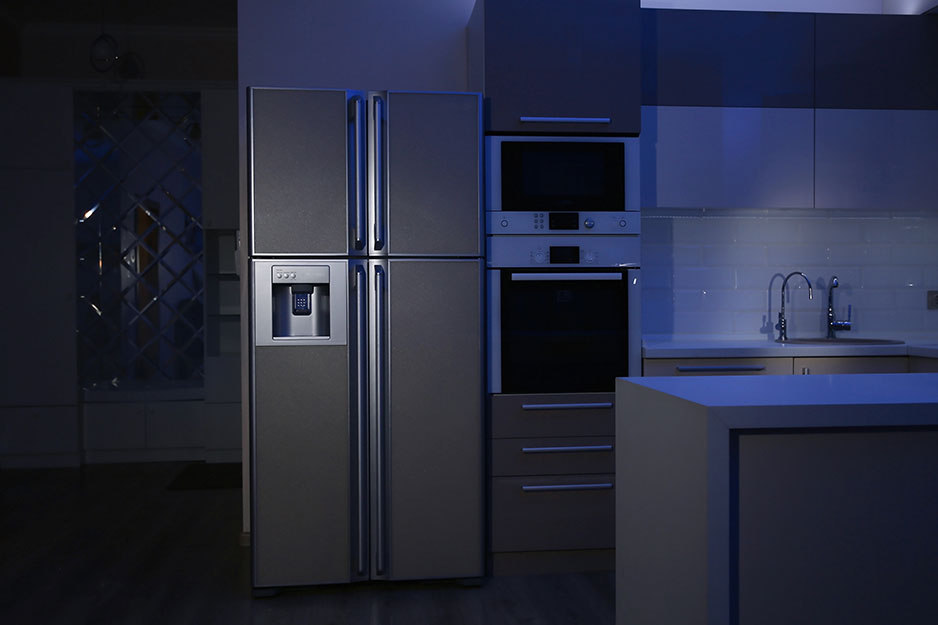
According to Department of Energy data, a recent analysis found that weather-related power outages are up by 67 percent since 2000. Climate change and aging infrastructure are putting a heavy burden on our power grid and the communities they serve. When extreme weather occurs, the consumption of electricity rises. This may cause some power grids to experience blackouts, an unexpected loss of power lasting minutes, hours or days.
Electricity providers will either ask customers to voluntarily conserve energy at home, or they will schedule a reduced flow of electricity — a brownout — to certain areas of the grid to prevent a complete blackout.
If your home experiences a temporary power outage, here are some key reminders to keep your food out of the Danger Zone:
- Monitor Temperatures: Keep an appliance thermometer in both the refrigerator and freezer. Make sure the refrigerator temperature is at 40°F (4°C) or below and the freezer is at 0°F (-18°C) or below. To preserve cold air that keeps food safe, only open the refrigerator or freezer if absolutely necessary.
- 4-Hour Window: Your refrigerator will keep food safe for up to 4 hours during a power outage if you don’t open the door. After 4 hours without power, discard refrigerated perishable food. Meat, poultry, fish, eggs and leftovers must be thrown out.
- When in Doubt, Throw it Out: Never taste food to determine its safety. Evaluate each item separately by using this chart as a guide.
- Food Keeps Longer in a Freezer: If the doors stay closed, food will stay safe for up to 48 hours in a full freezer and 24 hours in a half-full freezer.
- Use a Cooler: Transfer food to a cooler and fill with ice or frozen gel packs. Make sure there is enough ice to keep food in the cooler at 40°F (4°C) or below. Add more ice to the cooler as it begins to melt.
- Plan Ahead: Obtain dry ice or block ice if your power is going to be out for a prolonged period. Fifty pounds of dry ice should hold an 18-cubic-foot freezer for 2 days. (Caution: Do not touch dry ice with bare hands or place it in direct contact with food.)
For more questions about food safety, contact the USDA’s Meat and Poultry Hotline at 1-888-MPHotline (1-888-674-6854) to talk to a food safety expert or chat live at ask.usda.gov from 10 a.m. to 6 p.m. Eastern Time, Monday through Friday.

